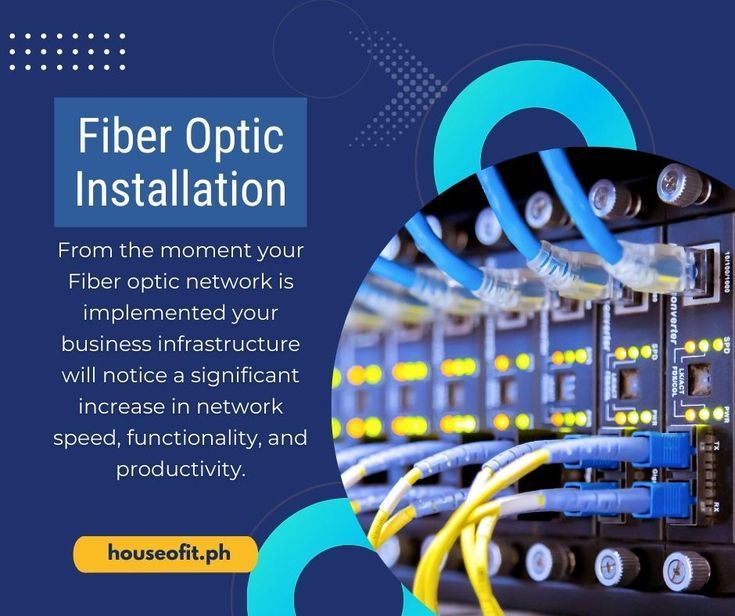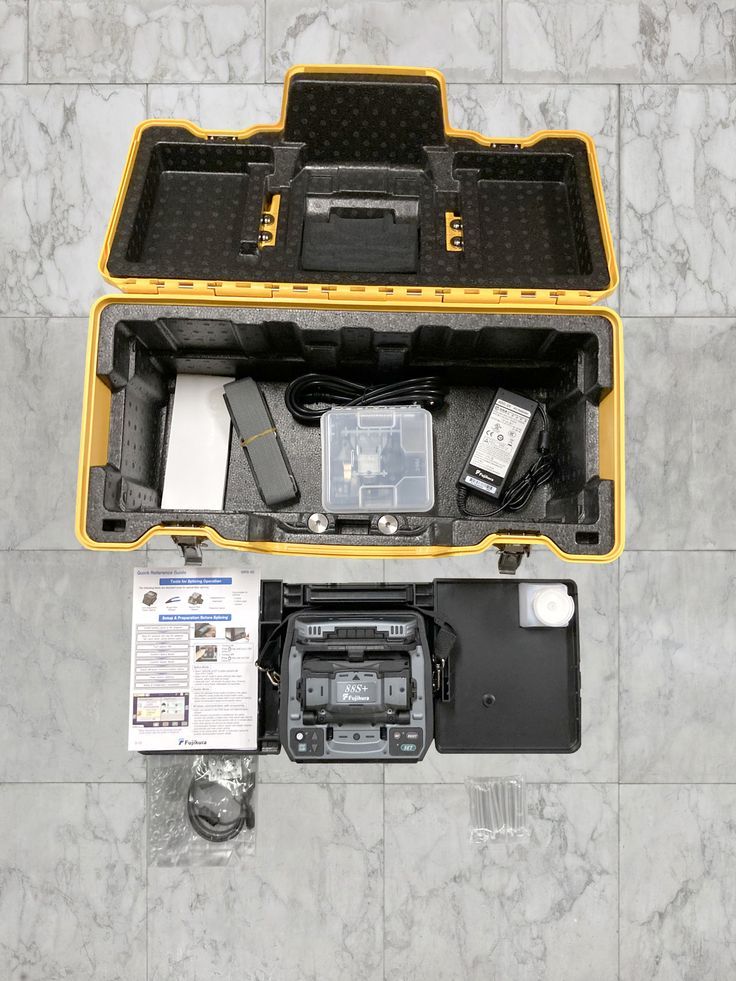Module 3: Optical Sources and Detectors
This module provides students with a comprehensive understanding of optical sources and detectors, the foundational components of optical fiber communication systems. It covers the principles, types, and applications of these components, highlighting their crucial role in transmitting and receiving data via optical fibers.
Optical Sources
Explanation of the advantages and limitations of each source type.
Light-Emitting Diodes (LEDs)
- Optical Sources In-depth look at light-emitting diodes (LEDs) as common optical sources.
- Explanation of how LEDs work, their emission spectra, and applications in short-distance communication.
Semiconductor Lasers
- Introduction to semiconductor lasers, including edge-emitting lasers and vertical-cavity surface-emitting lasers (VCSELs).
- Discussion of their working principles, emission characteristics, and use in long-distance optical communication.
Optical Detectors
- Exploration of optical detectors, which are devices that receive and convert light signals into electrical signals.
- Discussion of various types of optical detectors, such as photodiodes and avalanche photodiodes (APDs).
- Explanation of their sensitivity, speed, and applications in optical communication.
Photodiodes
- In-depth look at photodiodes as common optical Optical Sources / detectors.
- Explanation of how photodiodes operate, their responsivity, and detection bandwidth.
- Discussion of applications, including optical receivers and fiber optic sensors.
Avalanche Photodiodes (APDs)
- Introduction to avalanche photodiodes (APDs) as high-gain optical detectors.
- Explanation of avalanche multiplication, sensitivity enhancement, and applications in long-distance communication.
Challenges and Innovations
- Discussion of challenges in optical source and detector technology, such as achieving higher data rates and reducing noise.
- Overview of ongoing innovations, such as quantum-dot lasers and single-photon detectors.
Integration and Packaging
- Explanation of the importance of integrating optical sources and detectors into compact and efficient packages.
- Discussion of packaging techniques and considerations for optimizing performance.
Modulation Techniques for Optical Signals
Introduction to Modulation in Optical Fiber Communication
- Introduction to the concept of modulation in optical fiber communication.
- Explanation of how modulation is used to encode information onto optical signals for transmission.
Types of Modulation
- Exploration of various modulation techniques used in optical communication systems.
- Discussion of amplitude modulation (AM), frequency modulation (FM), and phase modulation (PM).
Intensity Modulation (IM)
- In-depth look at intensity modulation (IM) as a common modulation technique.
- Explanation of how IM varies the power or intensity of the optical signal to encode data.
- Discussion of advantages and limitations of IM.
Phase Modulation (PM)
- Introduction to phase modulation (PM) and its application in coherent optical communication.
- Explanation of how PM encodes data by varying the phase of the optical signal.
- Discussion of the advantages of PM for high-capacity optical systems.
Frequency Modulation (FM)
- Exploration of frequency modulation (FM) in optical communication.
- Explanation of how FM uses changes in the frequency of the optical signal to represent data.
- Discussion of the use of FM in certain niche applications.
Amplitude Shift Keying (ASK)
- In-depth look at amplitude shift keying (ASK) as a common modulation scheme.
- Explanation of how ASK encodes data using variations in signal amplitude.
- Discussion of ASK’s simplicity and applications.
Phase Shift Keying (PSK)
- Introduction to phase shift keying (PSK) and its role in high-capacity Optical Sources / communication.
- Explanation of how PSK encodes data by changing the phase of the optical signal.
- Discussion of PSK variants like binary PSK (BPSK) and quadrature PSK (QPSK).
Quadrature Amplitude Modulation (QAM)
- Exploration of quadrature amplitude modulation (QAM) as a versatile modulation technique.
- Explanation of how QAM combines amplitude and phase variations to encode data.
- Discussion of QAM’s use in modern high-capacity optical communication.
Coherent Modulation Techniques
- Introduction to coherent modulation techniques and their significance in advanced optical communication systems.
- Explanation of coherent modulation schemes like quadrature amplitude modulation (QAM) and quadrature phase shift keying (QPSK).
- Discussion of the advantages of coherent modulation for high-speed and long-distance transmission.
Recent Advances and Future Trends
- Overview of recent advancements in modulation techniques, such as advanced QAM schemes and probabilistic shaping.
- Discussion of ongoing research and development in optical signal modulation.
- Consideration of future trends in optical modulation for increased data rates and spectral efficiency.
Conclusion
- Recap of the importance of modulation techniques in optical fiber communication.
- Emphasis on how different modulation schemes enable data transmission at various speeds and distances.
- Transition to the next module, which will cover optical amplification in optical communication systems.
This module provides students with a comprehensive understanding of modulation techniques used in optical fiber communication. It covers a wide range of modulation methods, their principles, and their applications in various optical communication systems.
FAQs
Here are some frequently asked questions (FAQs) related to optical fiber communication:
1. What is optical fiber communication?
- Optical fiber communication is a method of transmitting information using optical fibers (thin strands of glass or plastic) to carry light signals. It is widely used for high-speed data transmission in telecommunications, the internet, and various other applications.
2. How does optical fiber communication work?
- Optical fiber communication works by sending modulated light signals through the core of the optical fiber. The light signals are internally reflected within the core due to the principle of total internal reflection, allowing them to travel long distances with minimal signal loss.
3. What are the advantages of optical fiber communication?
- Advantages of optical fiber communication include high bandwidth, low signal attenuation, immunity to electromagnetic interference, enhanced security, lightweight and non-corrosive properties, and scalability for future data demands.
4. What are the disadvantages of optical fiber communication?
- Disadvantages of optical fiber communication include high installation costs, vulnerability to physical damage, delicate handling requirements, limited flexibility, compatibility issues, complex installation and maintenance, and distance limitations for certain applications.
5. Where is optical fiber communication used in everyday life?
- Optical fiber communication/Optical Sources is used in various applications, including high-speed internet, cable television (CATV), data centers, cloud computing, medical imaging, military and defense, and emerging technologies like the Internet of Things (IoT) and 5G networks.
6. How does optical fiber communication impact global connectivity?
- Optical fiber networks facilitate global connectivity by connecting continents and countries, enabling international communication, trade, diplomacy, and cultural exchange.
7. What is the future of optical fiber communication?
- The future of optical fiber communication includes advancements in data rates, the development of new technologies like quantum communication, and the expansion of optical networks to meet the growing demands of the digital age.
8. Is optical fiber communication environmentally friendly?
- Optical fiber communication is relatively environmentally friendly as it consumes less energy compared to alternative technologies, and the materials used in optical fibers are sustainable. This contributes to the creation of more sustainable communication networks.
9. How is data transmitted through optical fibers?
- Data is transmitted through optical fibers by encoding information onto light signals using various modulation techniques. These light signals travel through the fiber, and at the receiving end, they are detected and converted back into data.
10. What are some challenges in optical fiber communication?
Challenges in optical fiber communication include the cost of installation, susceptibility to physical damage, complex installation and maintenance procedures, compatibility issues with different equipment, and limitations in certain applications, such as Power over Fiber (PoF).
These FAQs provide a basic understanding of optical fiber communication and its key aspects. Students and professionals interested in this field can use this information as a starting point for further exploration.
Also read:

Module 1: Optical Fiber Communication







